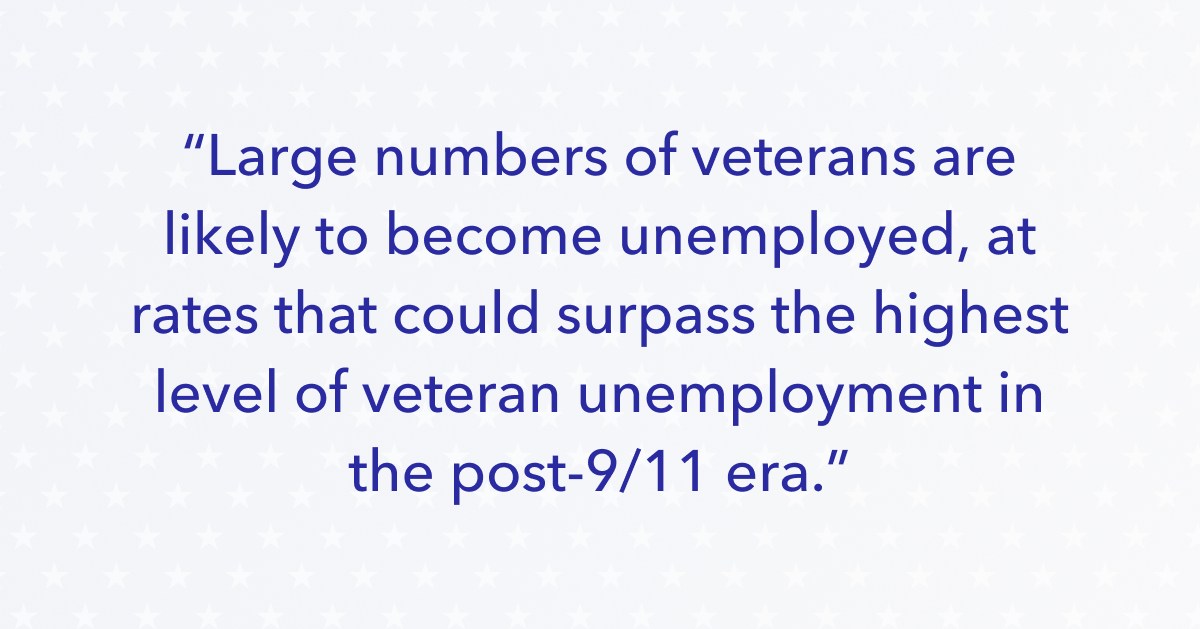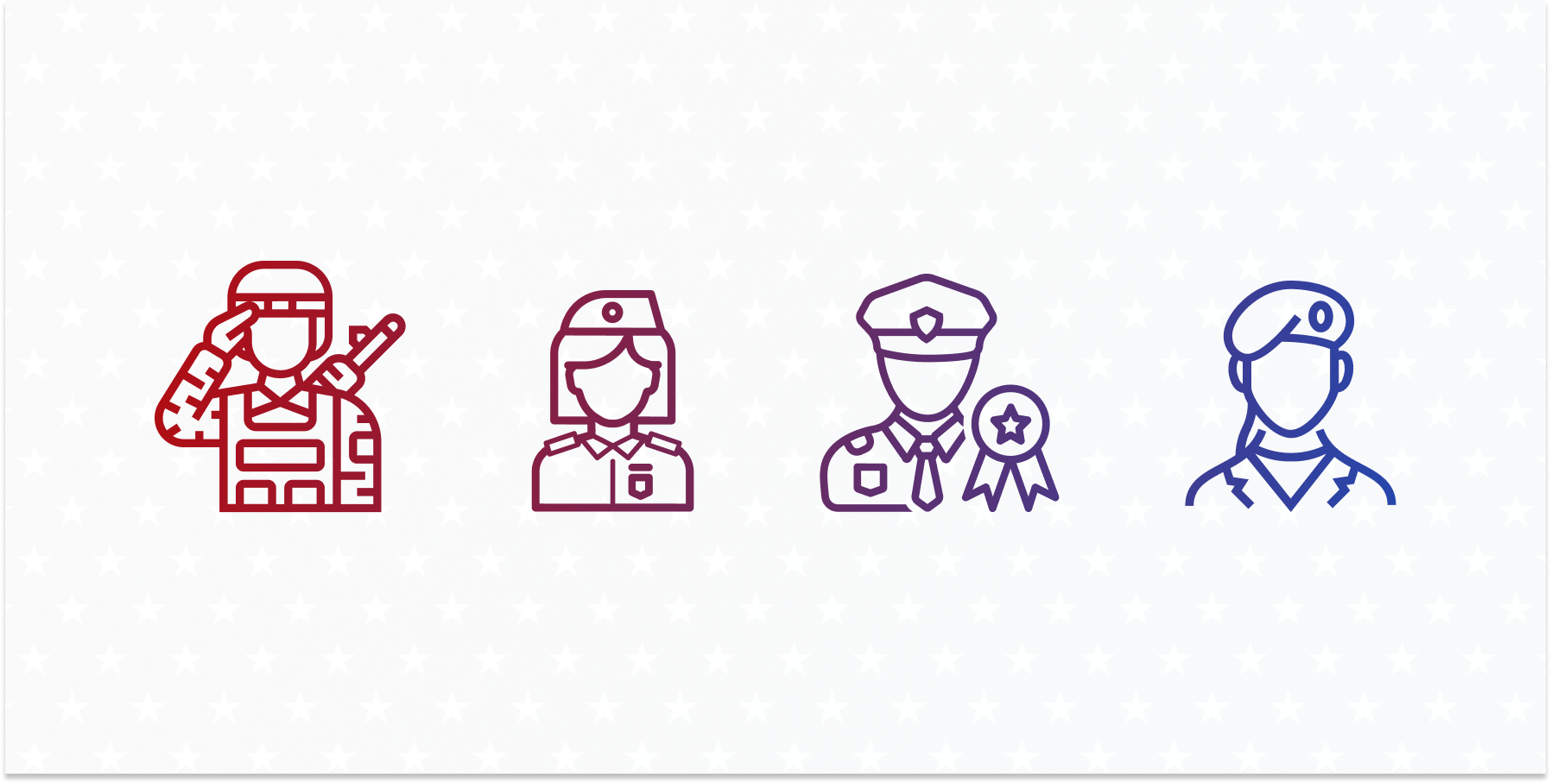Tomorrow marks Veterans Day, a federal holiday with roots reaching back to 1919. Although the day offers an opportunity to recognize the contributions of all American veterans, it’s primarily intended to pay tribute to living veterans.
So expect the usual politicians and on-air personalities to sport lapel pins and voice their support with solemn conviction. All of which is fine, but the holiday should also serve as a reminder that — for far too many U.S. veterans — financial well-being remains elusive.
Consider this: although veterans make up only about 7 percent of the U.S.’s general population, according to HUD, they account for almost 13 percent of the country’s homeless adults. And, although it’s a common misconception to believe all veterans qualify for health coverage through the Veterans Health Administration, in reality, millions of U.S. veterans don’t qualify, meaning they are uninsured and vulnerable to escalating healthcare costs. As a result, nearly 8 percent say they postpone or skip recommended treatments due to the expense, while more than 17 percent have not had a routine medical check-up in at least five years.
Veterans, Post-Pandemic
As distressing as these numbers are, they tell only part of the story. Veterans, like nearly every segment of the U.S. population, have been impacted by the pandemic, but in their case, the impact has been especially adverse. According to veterans advocacy group, The Bob Woodruff Foundation (BWF), prior to COVID, the unemployment rate for U.S. veterans was at its lowest rate — 3.1 percent — in nearly two decades.

But that all changed with the pandemic. Because a high percentage of veterans were employed in industries such as mining, oil & gas; transportation and warehousing; employment services; travel; and leisure & hospitality — industries decimated by the pandemic — veterans endured a higher percentage of layoffs than the general population.
Recent findings from Labor Department’s Veterans' Employment and Training Service illustrate the current employment picture for veterans:
- Unemployment rates for both male and female veterans increased in 2020, reflecting the COVID-19 pandemic. The rate for male veterans was 6.5 percent; the rate for female veterans was 6.7 percent.
- The rate for veterans without disabilities rose to 7.2 percent, while the unemployment rate of veterans with service-related disabilities was 6.2 percent as of last year.
- Among the 581,000 unemployed veterans in 2020, 5 percent were between the ages of 18 - 24, 54 percent were aged 25 - 54 and 41 percent were 55 or over.
- In 2020, the unemployment rate of U.S. veterans varied, ranging from 2.7 percent in Nebraska to 11.3 percent in Michigan.
And even though there are now signs the U.S. economy is creeping back towards recovery, employment prospects for veterans remain grim. The BWF warns that “large numbers of veterans are likely to become unemployed, at rates that could surpass the highest level of veteran unemployment in the post-9/11 era.”
A surge in unemployment would only make an already-bad situation worse. Pre-pandemic, veteran households were already carrying significantly higher percentages of credit card debt (as much as 60 percent) compared to non-veteran households (48 percent). The BWF believes dwindling employment opportunities could trigger a subsequent spike in the credit card debt veterans carry as they borrow to keep up with their financial obligations.
And credit card debt may not be the worst of it. The BWF also warns that more and more veterans may turn to “financial programs that provide short-term relief at long-term cost. For example, payday loans usually charge a fee of $15 per $100 borrowed, equating to a 400 percent annual percentage rate.”
The “good news” is active duty service members are “protected” from predatory lenders by a 36 percent APR cap. But there is no such cap in place protecting veterans.
Financial Relief for Veterans
Fortunately, there are a number of organizations dedicated to helping U.S. veterans who are dealing with financial woes and similar challenges. If you’re a veteran seeking financial support, click on the links below to find help in your region.
- The American Legion offers cash grants for children of service members in need of emergency aid.
- Disabled American Veterans (DAV) aims to help those who are disabled in their duty. With more than 100 offices around the U.S., they helped more than 1 million veterans in 2020 alone.
- Operation First Response and The Coalition to Salute American Heroes provide financial aid for veterans impacted by utility shutoffs, foreclosure, evictions or other hardships.
- USA Cares provides an array of assistance to veterans and military families. Last year the organization allocated $10 million in grants to support veterans facing a range of problems from unemployment to foreclosure to PTSD.
- Wounded Warriors Project is dedicated to helping disabled veterans and their families transition to success in civilian life.

